'Sometimes, it’s about the journey, rather than the destination': The fascinating history of the double-decker bus
The first covered double-decker buses made their debut on the streets of the capital 100 years ago. Rob Crossan steps on board and goes up top to trace the evolution of a true London icon.
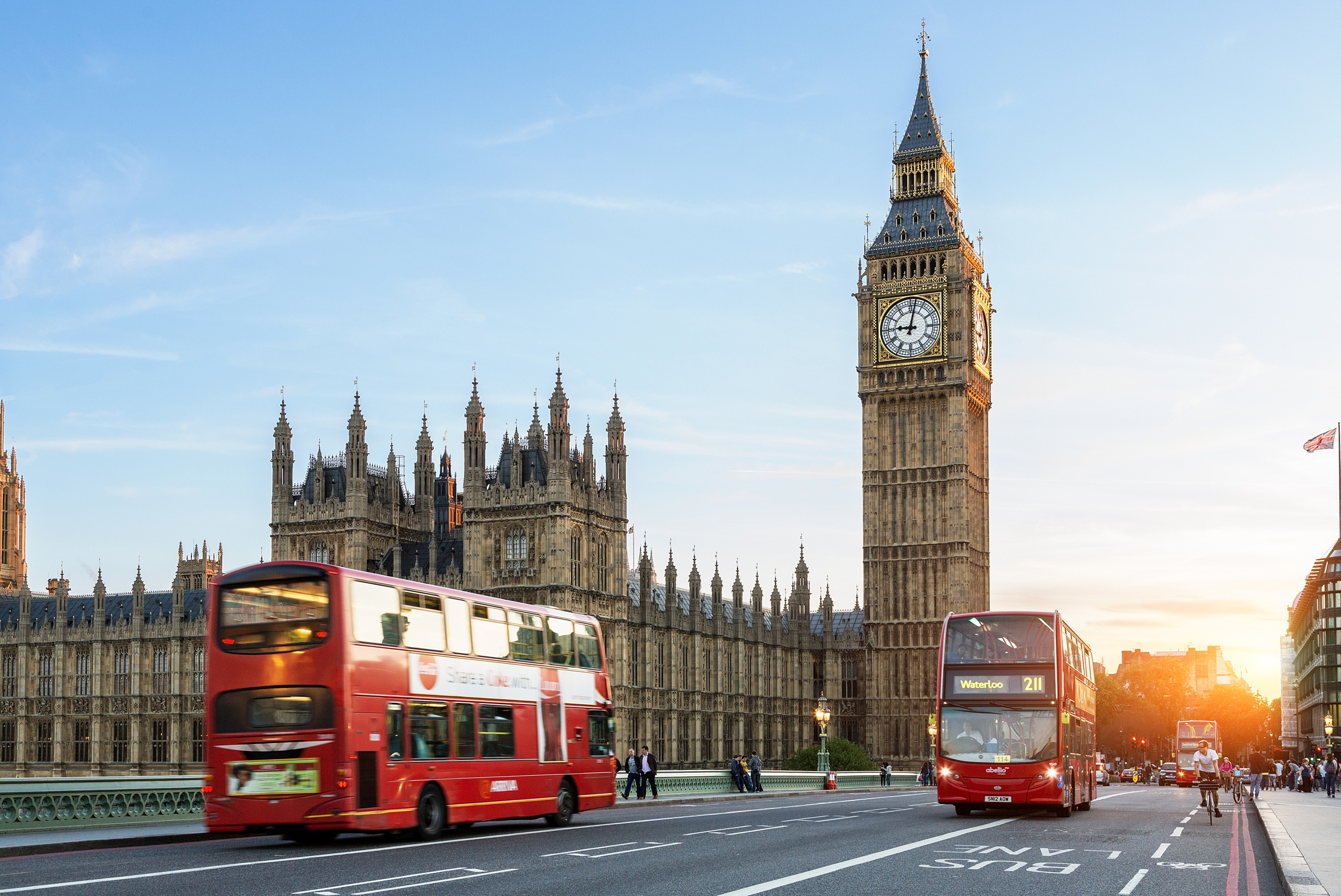

There were many reasons why milliners did such a roaring trade in London a century ago: from the trilby to the top hat and from the boater to the snap brim, etiquette and class demarcation played a major role in the ubiquity of headwear. However, there was a more prosaic reason, too. Put simply, if you wanted to ride on the top deck of a London bus, there was a fair chance that, without a hat, you were liable to get a soaking and perhaps even have to open your umbrella. For it was a century ago that the very first double-decker buses with covered tops were embarking on their maiden journeys around the capital.
Their roll-out was more than a little haphazard, because London Transport as we know it today didn’t exist. Instead, in what could now be seen as a wheel-bound version of Milton Friedman’s free-market theory, myriad different providers set up services across London in a manner designed to maximise profit, with passengers’ needs and comforts some way down the order of priorities.
The London General Omnibus Company (omnibus meaning ‘for all’ in Latin) was founded in 1855, a full quarter of a century after a former naval midshipman named George Shillibeer had the idea of providing Londoners with a horse-drawn carriage service that didn’t require advance booking. From then on, anyone who wanted to get from Paddington to Islington in a hurry had the right to step on board his carriage and alight where they pleased, rather than wait until the ‘end of the line’.
Originally intending to call his ‘omnibus’ an ‘economist’, Shillibeer couldn’t take his heavy carriages, pulled by three horses and each holding 20 passengers, into the West End, as Hackney Carriage drivers (cabbies in modern nomenclature) had the rights to central London — a privilege that only ended in 1832.
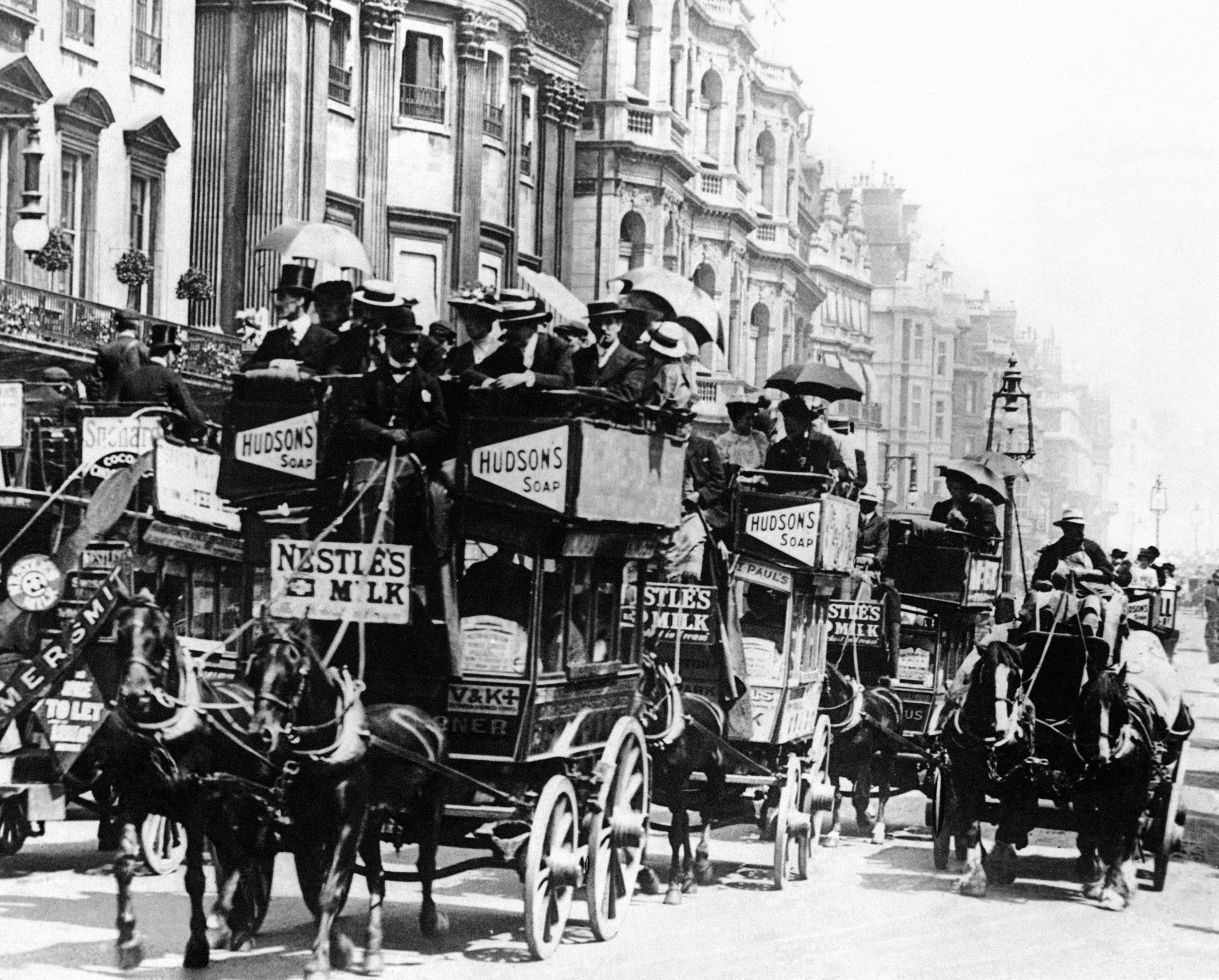
Many other entrepreneurs with equine credentials and rudimentary carriages swiftly followed suit, creating a state of rudimentary confusion only partially resolved when the Omnibus Company was set up to manage all burgeoning horse-drawn bus services in London. Yet it was only with the advent of Joseph Paxton’s glass colossus in Hyde Park in 1851 that something approaching a double-decker experience emerged.
‘The Great Exhibition of 1851 created a surge in demand [for public transport], promoting the use of roof seating,’ explains Matt Brosnan, head curator at the London Transport Museum. ‘Initially, this was often reached by ladder-style rungs, which weren’t particularly accessible. This evolved into the "knifeboard" style of bus, with a bench seat the length of the top deck on which passengers sat back-to-back. In the 1880s, this was superseded by a double-deck “garden seat” horse bus, with forward-facing roof seats in rows, a platform and proper stairs, although these were still pretty tricky to climb by modern standards.’
By the time London Transport was created as a unified organisation in 1933 — bringing together the Underground and all buses and trams — covered top decks had been around for about a decade. In the interim, buses began to be numbered (an innovation launched in 1906; before that, passengers had to identify routes from the different coloured liveries of the different operators) and the last horses to pull an omnibus retired from service in 1914.
Sign up for the Country Life Newsletter
Exquisite houses, the beauty of Nature, and how to get the most from your life, straight to your inbox.
It wasn’t until after the Second World War, however, that a vehicle still synonymous with London transport was unveiled. The Routemaster, created by industrial designer Douglas Scott, began to make its way around the capital in 1956. It remains, almost two decades after it was taken out of service, perhaps the most stylish machine dedicated to mass road transport that Britain has ever produced. Serving London throughout the Swinging Sixties and beyond, the Routemaster was easy on the eye, with its smooth curves, rear-platform access and characteristic modern tartan-style, moquette-covered seats. It was manufactured using methods developed during the Second World War, making it technologically innovative to boot.
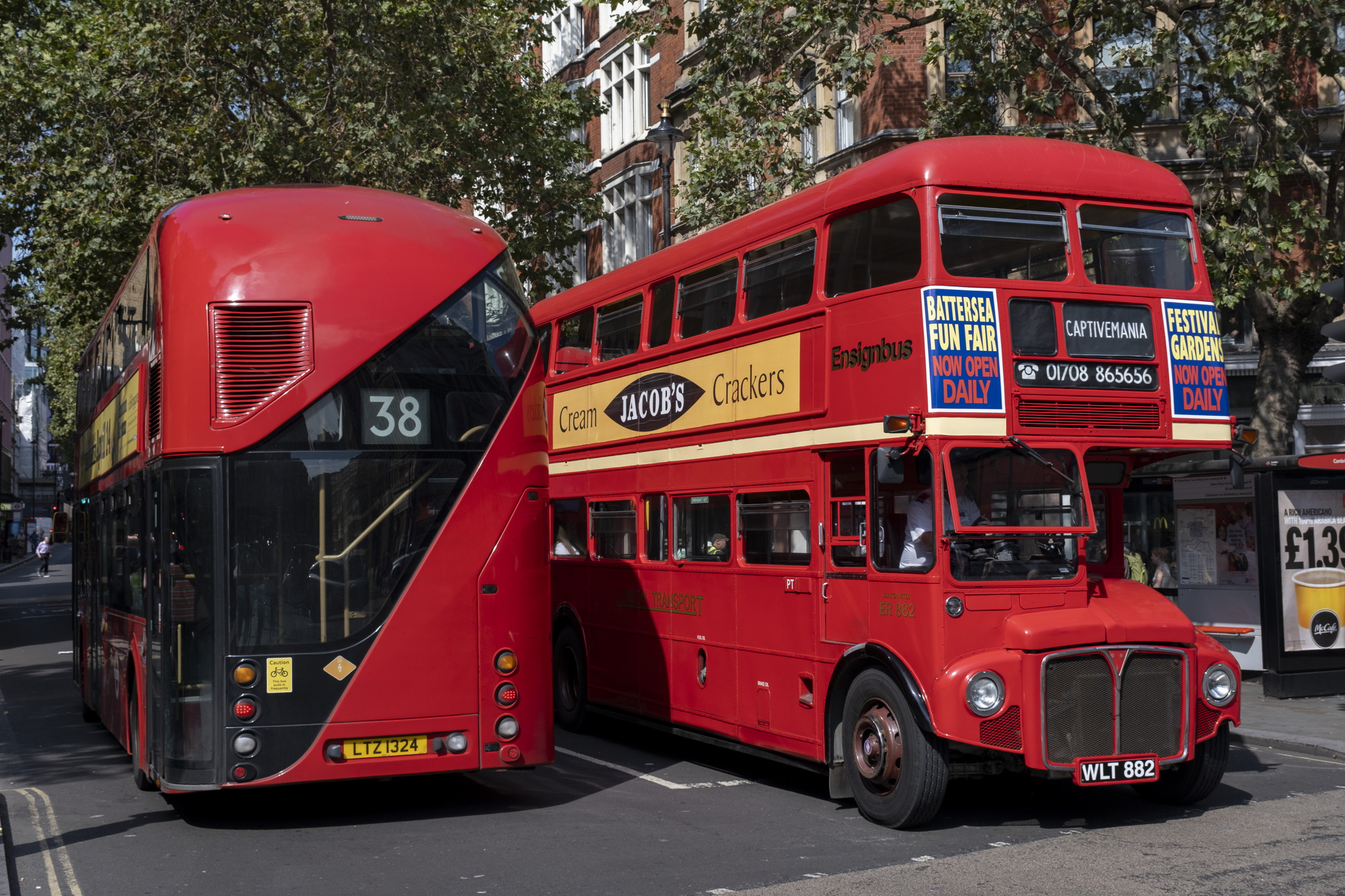
When it comes to the Routemaster’s replacement, most would prefer to gloss over the short-lived ‘bendy bus’ that was launched in 2002. Although only ever used on a dozen of London’s 700-odd bus routes, their reputation for being — as then mayor Boris Johnson called them — ‘cumbersome machines’ accelerated their inglorious end in 2011. Their design was a boon for fare dodgers, but that was the least of their problems: several caught fire and they were involved in 1,751 accidents in their final year of service, a full three-quarters more than other styles of bus. Where did they all go after they were retired? Malta, where they ran into problems navigating the island’s many winding roads and roundabouts.
As for the Routemaster, this most beautiful of buses had an afterlife on two ‘heritage’ routes around the West End and Aldwych. Sadly, these ended in 2020, leaving Londoners and visitors alike with the cumbersome double-deckers of today. Yet, despite the incessant pinging and blare of mobile phones, the discarded newspapers carpeting the gangway and the peril of descending the steps to ground level as the driver brakes in front of a reckless pantechnicon, the top deck of a London bus still has a romantic draw. As long as you are armed with a chunky paperback, a flask of tea and some noise-cancelling headphones, you can still — just about — feel as if you’re living the life of an engine-fuelled flâneur, letting London swirl past, as you recline with a Gore Vidal and a steaming draught of Earl Grey.
‘It always has to be the front seats on the top deck,’ reflects Mr Brosnan on today’s double-decker. ‘Sometimes, it’s about the journey, rather than the destination.’
Wheely surprising
• During the First World War, some London buses were modified to hold coops that could accommodate homing pigeons• Douglas Scott, who created the Routemaster, also designed the payphone as we know it. His POA—pay on answer—system, launched in 1959, went on to replace the old A and B buttons that were in all GPO boxes• Smoking on the top deck of London buses was banned in 1991 and conductors bid their farewell to London buses in late 2005• It hasn’t been possible to use cash to pay your fare on a London bus since July 2014• London’s oldest extant bus route is the 24, which runs between Pimlico and Hampstead Heath and was first served by the General Omnibus Company in 1911
Rob Crossan is a journalist specialising in culture, books, lifestyle and travel
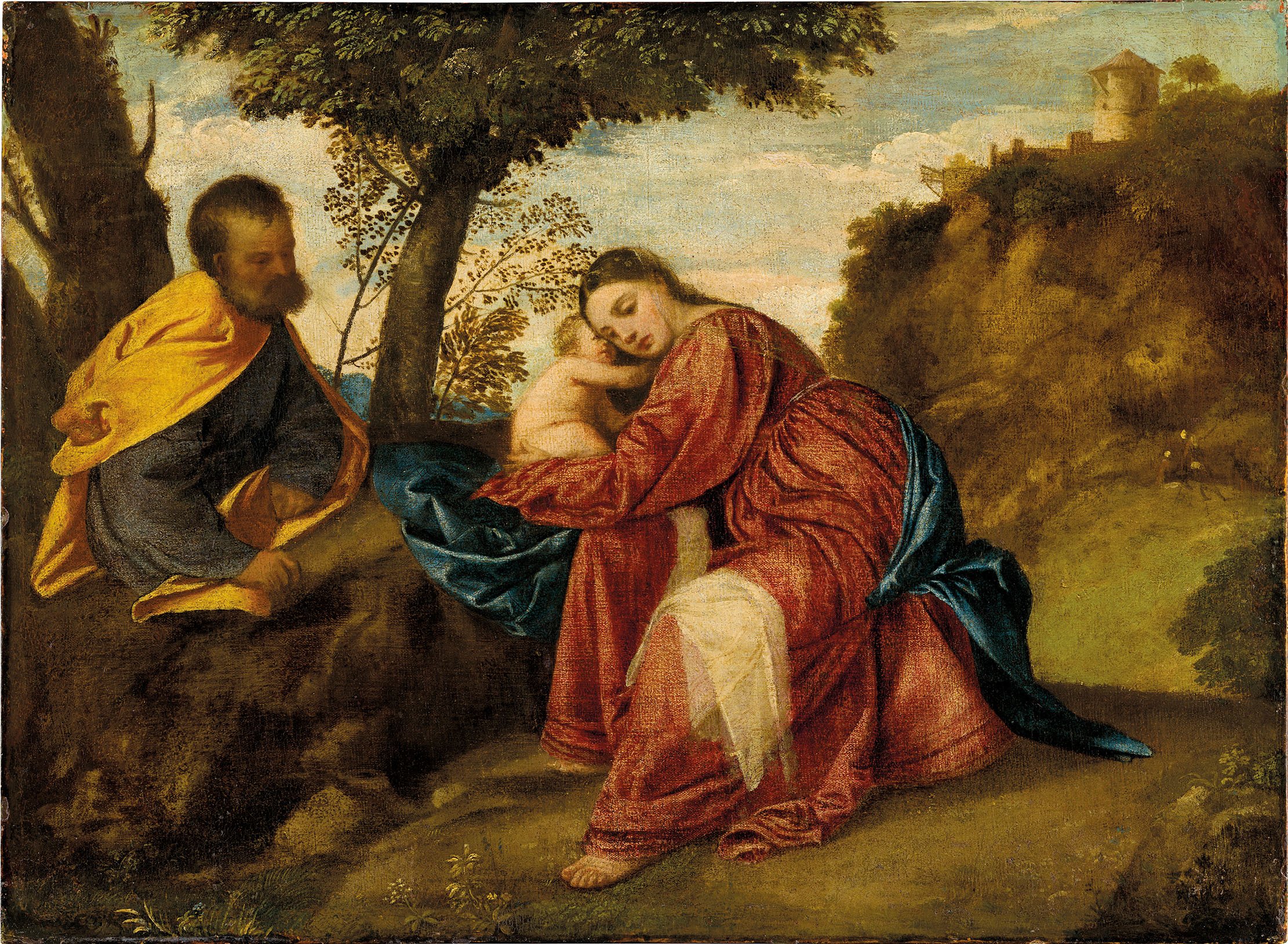
The Titian masterpiece found in a plastic bag at a London bus stop has sold for £17.6 million
The painting that secured Titian’s reputation as 'the greatest painter of the Venetian Renaissance' is going up for sale, 30
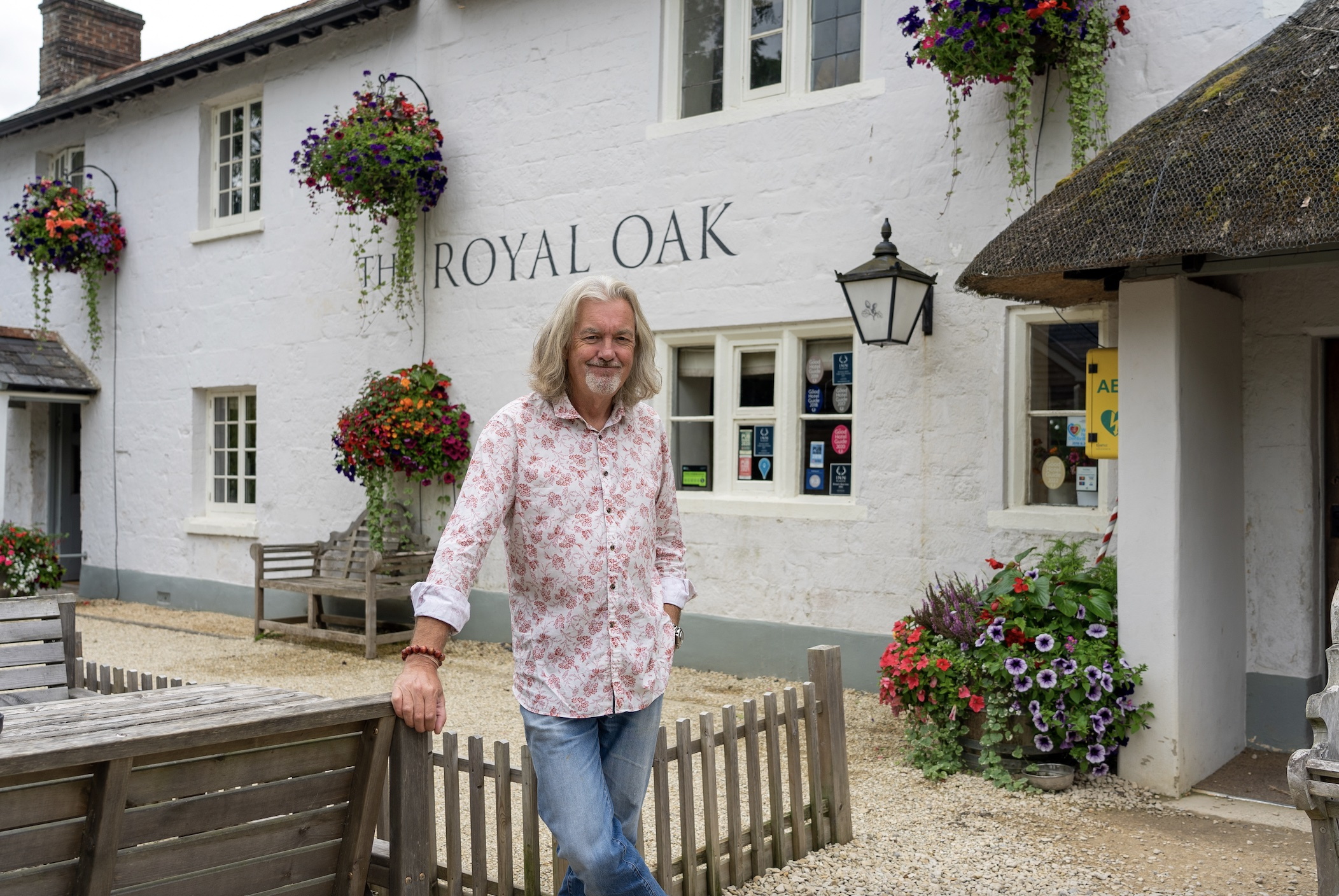
Mushroom gin, Lego houses, and dull men and women, with James May
That bloke off Top Gear joins the Country Life Podcast to talk about making his own gin, how to run
Rob is a writer, broadcaster and playwright who lives in Brixton, South London. He regularly contributes to publications including the Daily Mail, Daily Telegraph and Conde Nast Traveller. Rob is the Special Correspondent for the BBC Radio Four programme Feedback and can also be heard on the From Our Own Correspondent programme on BBC Radio Four and the World Service. His first play, 'The Gaffer', premiered at the Underbelly Theatre as part of the Edinburgh Fringe in 2023.
-
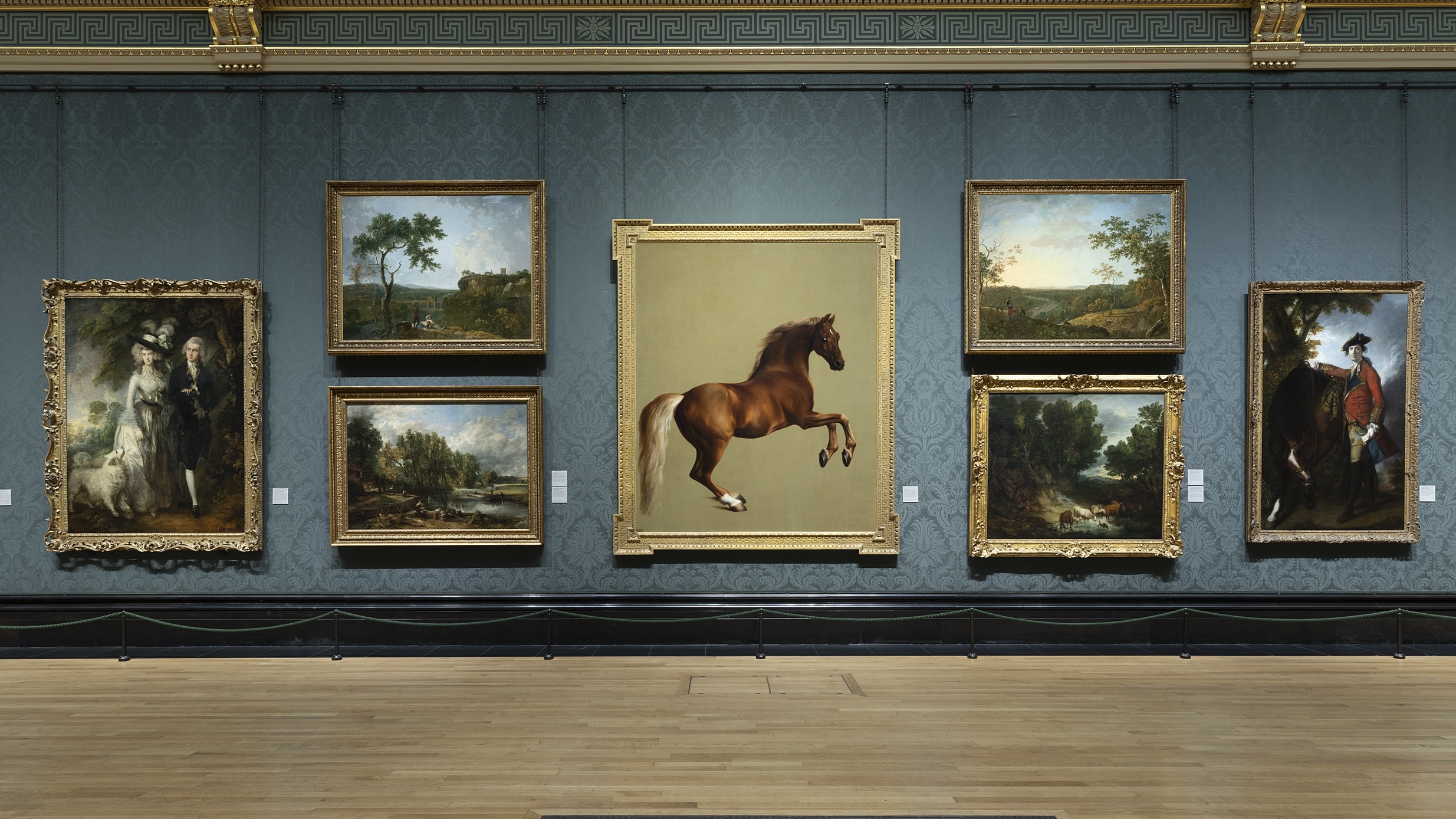 The National Gallery rehang: 'It is a remarkable feat to hang more with the feeling of less', but the male gaze is still dominant
The National Gallery rehang: 'It is a remarkable feat to hang more with the feeling of less', but the male gaze is still dominantAlmost everything on display at the National Gallery has been moved — and paintings never previously seen brought out — in one of the the biggest curatorial changes in the Gallery's history.
-
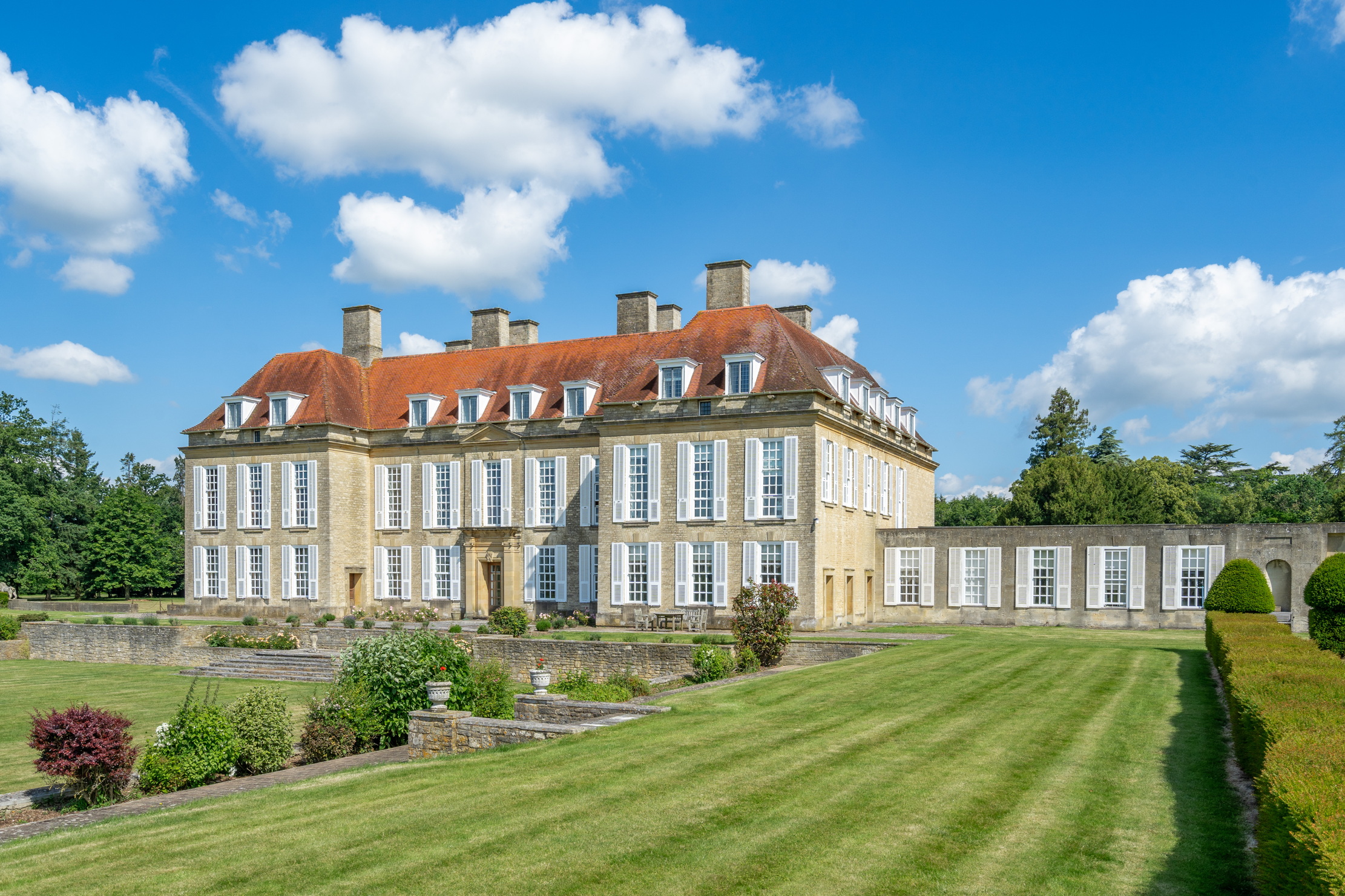 Lutyens's last masterpiece comes up for sale in Oxfordshire, with 27 bedrooms and a cricket pitch
Lutyens's last masterpiece comes up for sale in Oxfordshire, with 27 bedrooms and a cricket pitchMiddleton Park in Middleton Stoney is a vast country home that must surely be among the nation's best